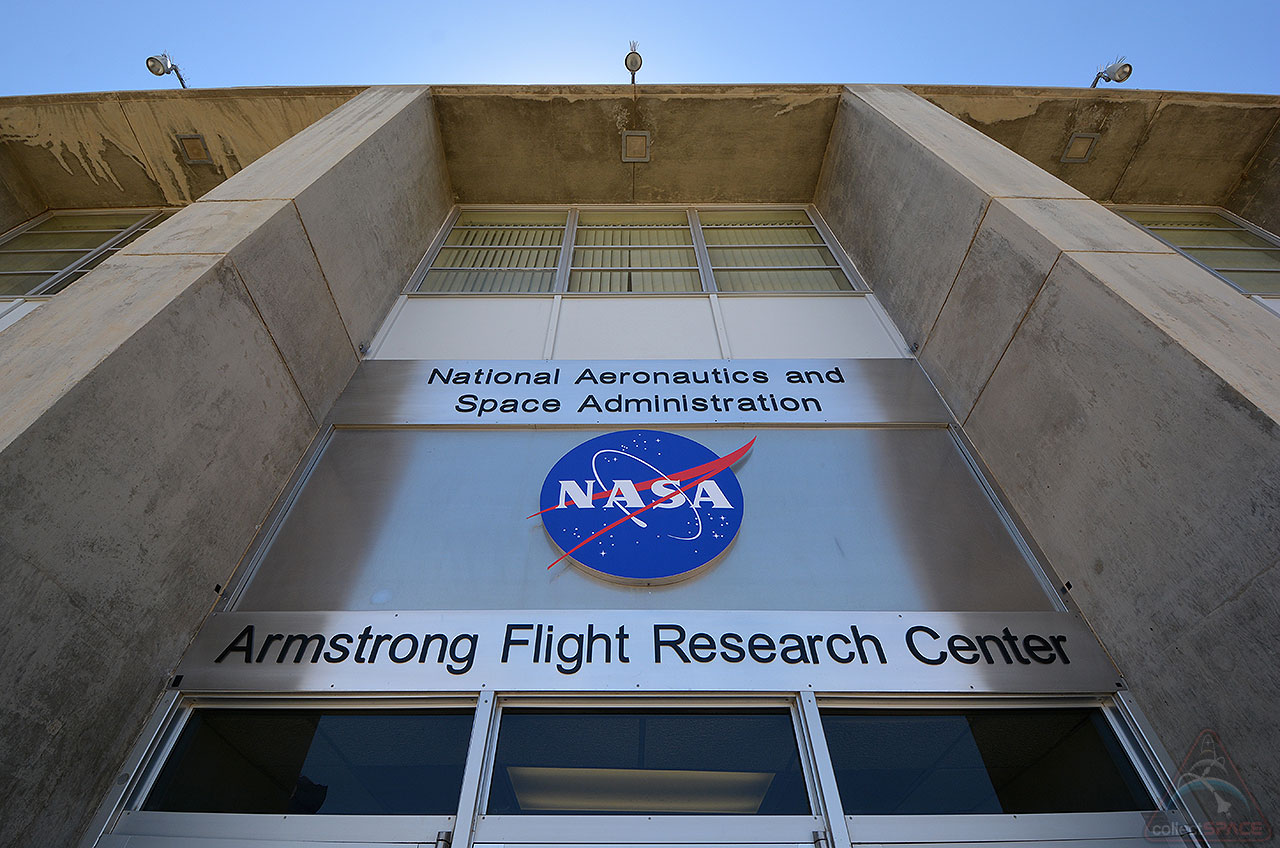Due Regard Radar tested onboard Predator B aircraft by General Atomics - Military Embedded Systems
Throughout December, multiple flight tests occurred at the GA-ASI Gray Butte Flight Operations Facility and Edwards Air Force Base in Palmdale, Calif. Predator B was then flown in scripted encounters against multiple small- and medium-sized manned aircraft while the pre-production DRR simultaneously tracked multiple targets and then continued to search a wide Field-of-Regard (FoR).
GA-ASI’s Due Regard capability, which has the pre-production DRR and other components, is now at Technology Readiness Level (TRL) 7 and is ready for a user to take into an operational environment to conduct an Operational Test and Evaluation (OT&E). The company’s Sense and Avoid (SAA) system, which integrates the DRR and TCAS II capabilities, is now at TRL 6 and will mature once it meets all of the requirements being developed by Radio Technical Commission for Aeronautics (RTCA) Special Committee 228. The integrated SAA system will continue to fly aboard
NASA’s Ikhana (Predator B) this year in support of a series of NASA flight tests that will measure the performance of the entire system in multiple situations.
RTCA SC-228, Minimum Operational Performance Standards for Unmanned Aircraft Systems, established May 20, 2013, is working to develop the Minimum Operational Performance Standards (MOPS) for DAA equipment and a Command and Control (C2) Data Link MOPS establishing L-Band and C-Band solutions. The initial phase of standards development will focus on civil UAS equipped to operate into Class A airspace under IFR flight rules. The Operational Environment for the MOPS is the transitioning of a UAS to and from Class A or special use airspace, traversing Class D and E, and perhaps Class G airspace. A second phase of MOPS development is envisaged to specify DAA equipment to support extended UAS operations in Class D, E, and perhaps G, airspace. The committee delivered two White Papers is December 2013 – Detect and Avoid (DAA) White Paper and Command and Control (C2) Data Link White Paper. Phase I preliminary MOPS for DAA and C2 are expected in July 2015 with final MOPS planned for July 2016.
NASA, FAA, Industry Conduct Initial Sense-and-Avoid Test | NASA
Objectives of this effort included evaluation of the performance of ACAS Xu collision avoidance algorithms against air traffic using both legacy Traffic Collision Avoidance System (TCAS II) messages and proof of concept Automatic Dependent Surveillance-Broadcast (ADS-B) messages. For these tests, air traffic designated as a non-cooperative intruder was tracked using an air-to-air radar system developed by GA-ASI. ACAS Xu is the first collision avoidance function designed explicitly for UAS. It can be matched to aircraft performance and is designed to be fully interoperable with future ACAS X variants as well as with legacy systems such as the TCAS II currently used on most commercial transport aircraft.
Researchers evaluated three self-separation displays and algorithms and their ability to effectively inform the UAS pilot of nearby traffic and help resolve conflicts in a timely manner. These flight tests also validated airborne radar and ADS-B surveillance simulation models on sensor performance and uncertainties to help determine the effects of these parameters and environmental conditions on self-separation algorithm’s performance. Flight-testing of collision-avoidance and self-separation technology contributes to ongoing work to develop a technical standard for a sense/detect-and-avoid system for UAS.
For more about NASA Armstrong Flight Research Center, visit:
Previously:
- spendergast: GA-ASI demonstrates Sense and Avoid System on Predator B
- spendergast: NAVAIR wants sense and avoid radar for MQ-4C - white paper due 12/18
- UAS Magazine – The Latest News on Unmanned Aerial Systems - NASA, FAA, industry conduct successful UAS sense-and-avoid tests
- spendergast: Why is Airborne Sense and Avoid Radar for MQ-4C Triton so hard?



1 comment:
At least for dense traffic, safety will become a reality only after today's conventional methods (using both coordinates and TCAS) are replaced. Not to sound like a broken record, but PRECISE RELATIVE VELOCITY VECTOR information is needed. Working with satnav measurements can offer VAST improvement -- and that is definitely needed.
http://jameslfarrell.com/gps-gnss/1223 (no longer up to date) can be visited by those interested.
Post a Comment